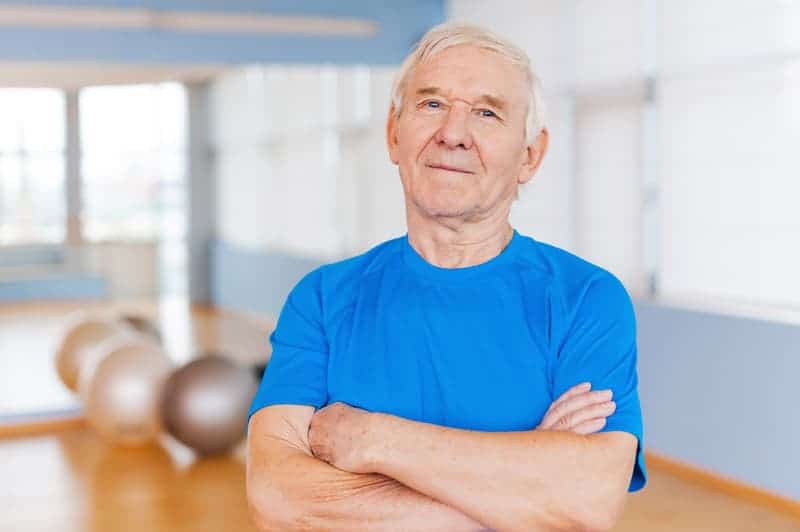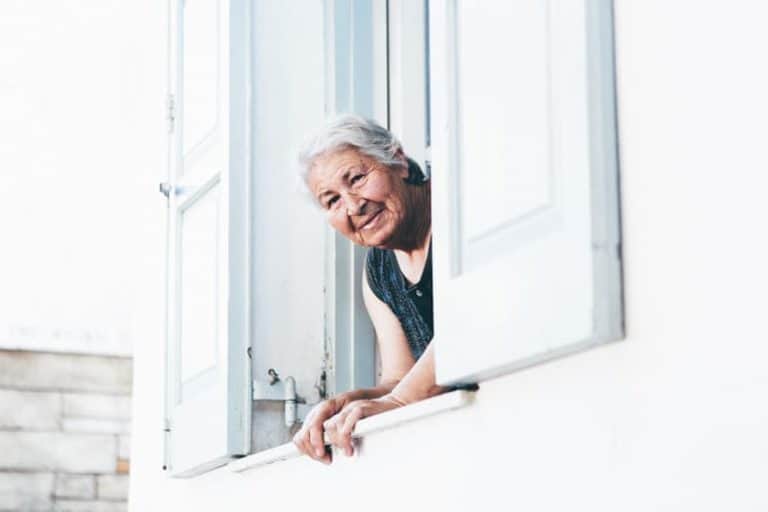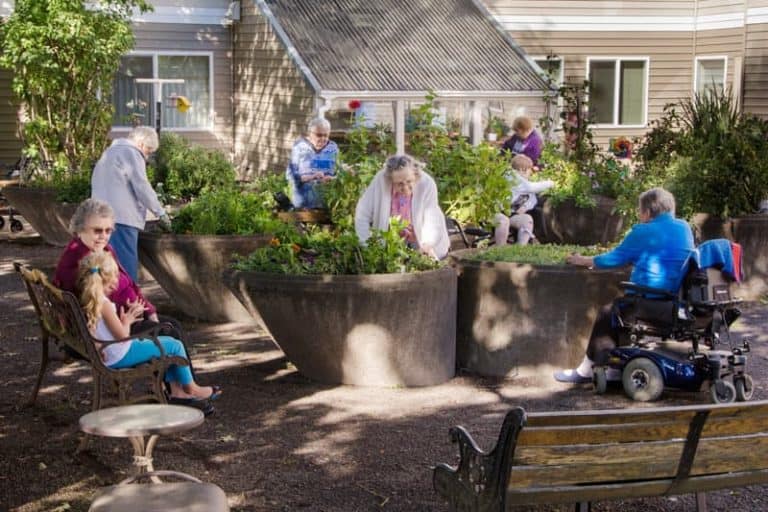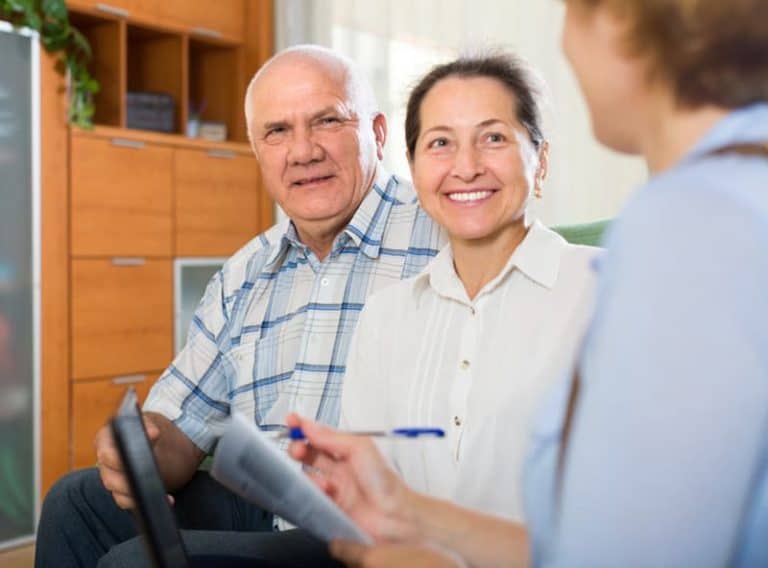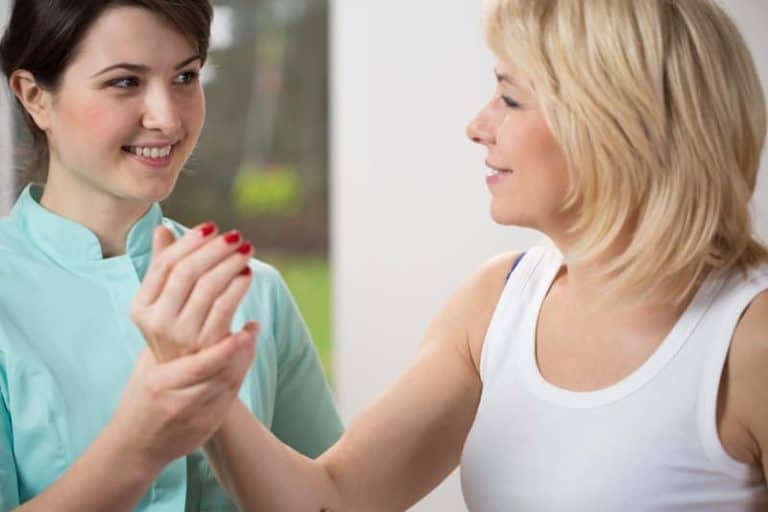Never Too Late to Work Out
It’s never too late to start leading a healthier lifestyle. Even well into your 60s and 70s, adults can take action to reduce their risk of developing chronic disease.
“I think the old myth was somehow after age 60, 65 there’s just nothing you can do anymore,” said Margaret Moore, a public health advisor for the CDC’s Healthy Aging Program. But really, “there are lots of things you can do to improve your function [and] your health well into older age.
When a person ages, there is a certain amount of slowing down that the body does, but it does not have to stop altogether. Many people stop exercising because of how much harder it feels for them to stay active or because they don’t think they have the time to incorporate exercise into their daily routine. Of course, if exercise and physical activity are avoided for long enough, the muscles begin to atrophy, and it becomes harder for a senior to do even simple daily activities. Eventually, this will affect a person’s quality of life. As the old saying goes, use it or lose it.
The good news is that adding a little bit of exercise into your daily greatly improves anyone’s (especially seniors) health. For seniors, the leading reason for hospitalization is falling and exercise helps build strength to reduce the risk of falling. Exercise also keeps the mind healthy, promotes positive thinking, and helps a person get a better night’s sleep. The benefits are immense and too long to be listed here but you might be asking, what can I do to increase the activity/exercise in my daily routine?
How to Make Exercise a Habit
A good place to start is by speaking to you or your loved one’s primary care doctor. Often, they know you best and can talk about trends they have noticed. Also, they can tell you about specifically tailored exercises that will create the most benefit. Also, talking to a doctor can help prevent exercise related injuries. There’s nothing worse than an injury to negatively affect your motivation.
After you have been cleared by the doctor to start working out, it is important to create a routine. Set aside a certain amount of time for daily exercise. This could be 10-20 minutes initially. Include very moderate activities like walking, doing chores, completing light yard work, light weightlifting, swimming, pickleball, and maybe even some easy jogging. Once the activities become easier (as a senior, you really shouldn’t be working out to the point where you are sore), it’s alright to increase the activity time allotted.
Have Fun Exercising!
Beyond making exercise into a habit, the second most important part of any workout program is to make sure you are having a good time. This means, try to pick activities that you enjoy. The easiest way to kill a workout route is to not enjoy what you are doing. If you are more social, many times your local senior center will have active events planned which make it easier for some people to ensure they are getting the right amount of activity.
A lot of the elderly adults we work with enjoy volunteer work. One of the places that always need volunteers is your local hospital and library. Volunteers are generally kept fairly busy and mobile. Giving directions, leading the individuals that need directions to their desired location, delivering flowers and gifts and running general errands are great ways to get a daily allotment of exercise while engaging positively in the community.
Get creative with your workout routine and you’ll be sure to see some positive results in no time.


